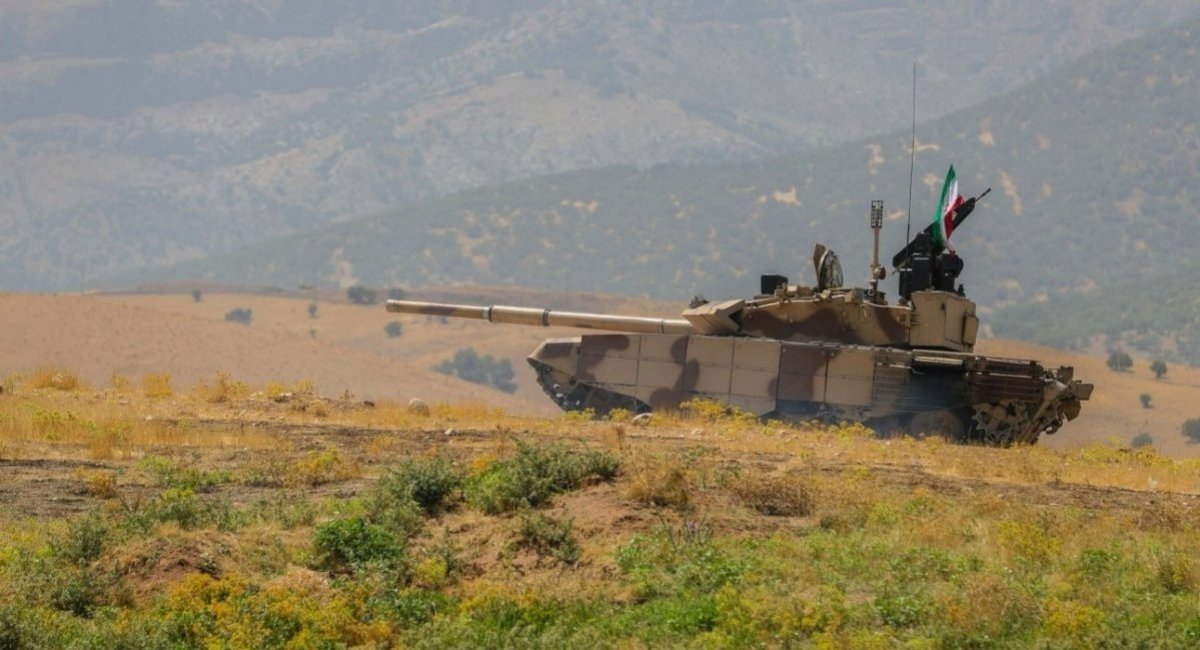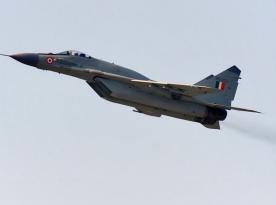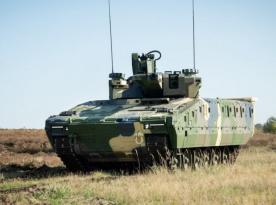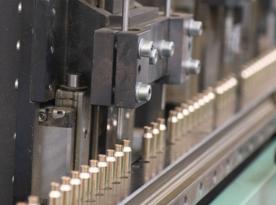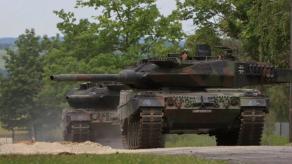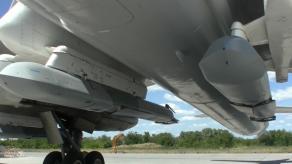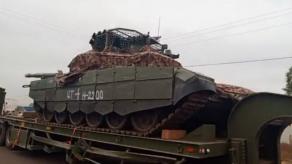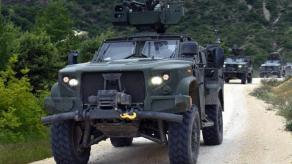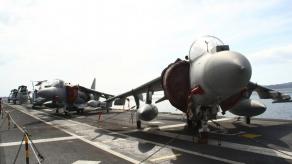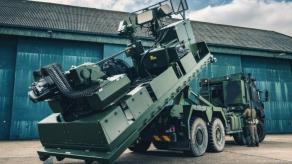At first glance, it might seem natural that iran and India became major operators of Soviet-designed T-72 tanks, with 480 and 2,400 units in service, respectively. Their cooperation with russia in this area dates back to the early 1990s, and it appears logical — with whom else could they have worked on the T-72?
However, there is an important nuance: both iran and India initially considered working with Yugoslavia, not russia, for their T-72 needs. Yugoslavia produced a licensed variant of the T-72, known as the M-84, as detailed by armored warfare historian Andrii Tarasenko.
Read more: Aircraft Carrier Project Dropped for Naval Drones: S.Korea is Building a Drone Fleet With a Mega-Flagship
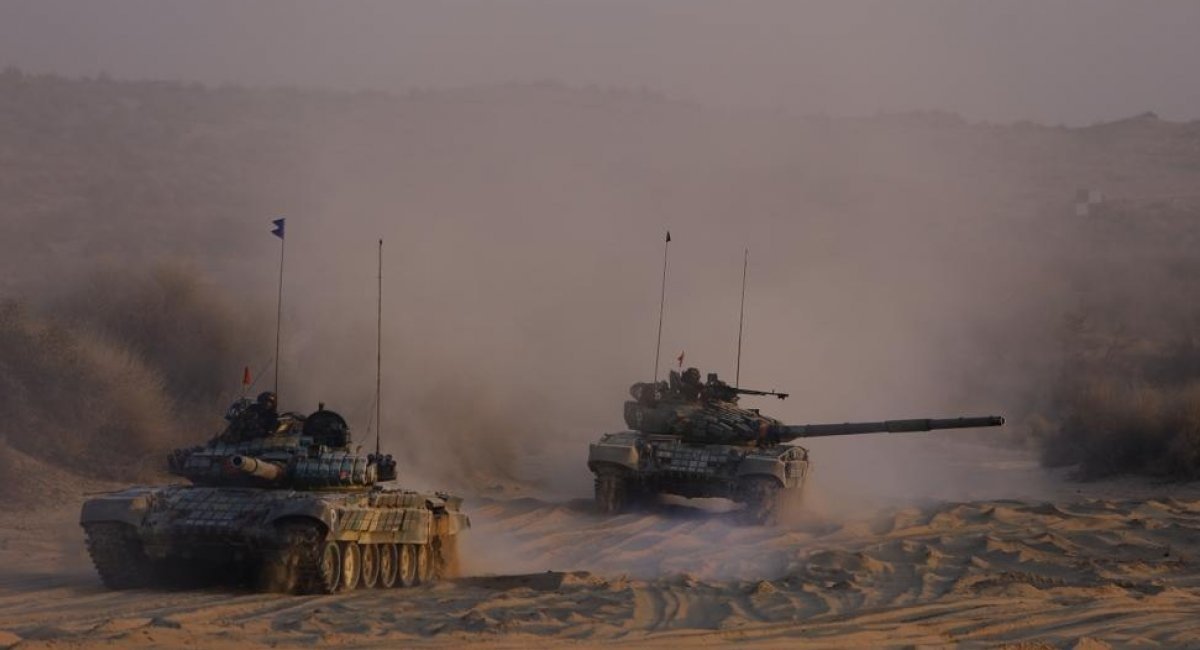
Previously, we discussed the differences between the T-72M1 and the M-84, noting that the Yugoslavian version was superior to its Soviet counterpart — a fact reinforced by Croatia's recent transfer of M-84 tanks to Ukraine.
According to Andrii Tarasenko's blog, the situation in the early 1990s unfolded as follows.
India planned to modernize its fleet of Soviet-supplied T-72s. Notably, New Delhi chose to work with Yugoslavia, not Moscow. The proposed cooperation involved Yugoslav defense companies supplying equipment and systems to upgrade India's T-72M1 tanks.
Moreover, under a ten-year contract, Yugoslavia would have modernized 1,000 Indian tanks, including T-55s and Vijayantas (an Indian version of the British Vickers MBT), equipping them with fire control systems similar to those found on the M-84. India even transferred an initial payment of $30 million (at the exchange rate of the time), and Yugoslav contractors began manufacturing the necessary equipment. However, the outbreak of war in Yugoslavia halted the project completely.
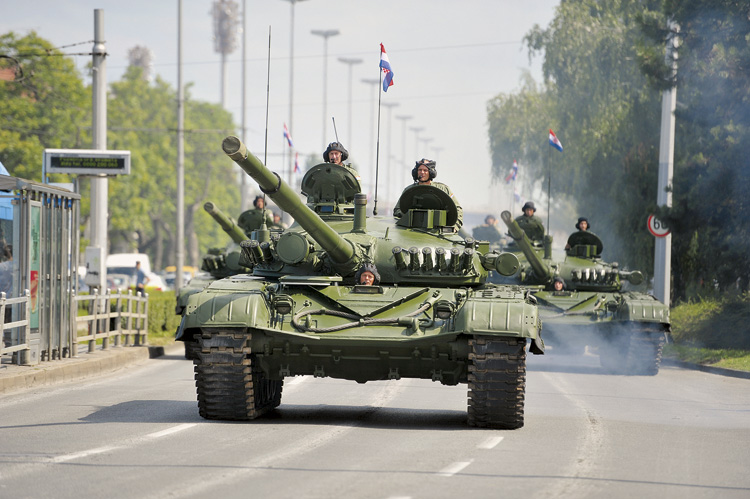
Later, Yugoslav specialists were involved in the modernization of Pakistani Type-59 tanks, making it politically unacceptable for India to resume cooperation with them. As a result, India eventually turned to russia, purchasing T-90S tanks instead.
In iran's case, the country initially sought to acquire a license to produce the M-84 tanks. However, this plan never materialized beyond the conceptual stage. Consequently, Tehran was forced to purchase a license from russia to manufacture the T-72S. Nonetheless, Yugoslav specialists later assisted iran in modernizing its T-54 and Type-59 tanks, improving their powertrains and integrating fire control systems similar to those used on the M-84.
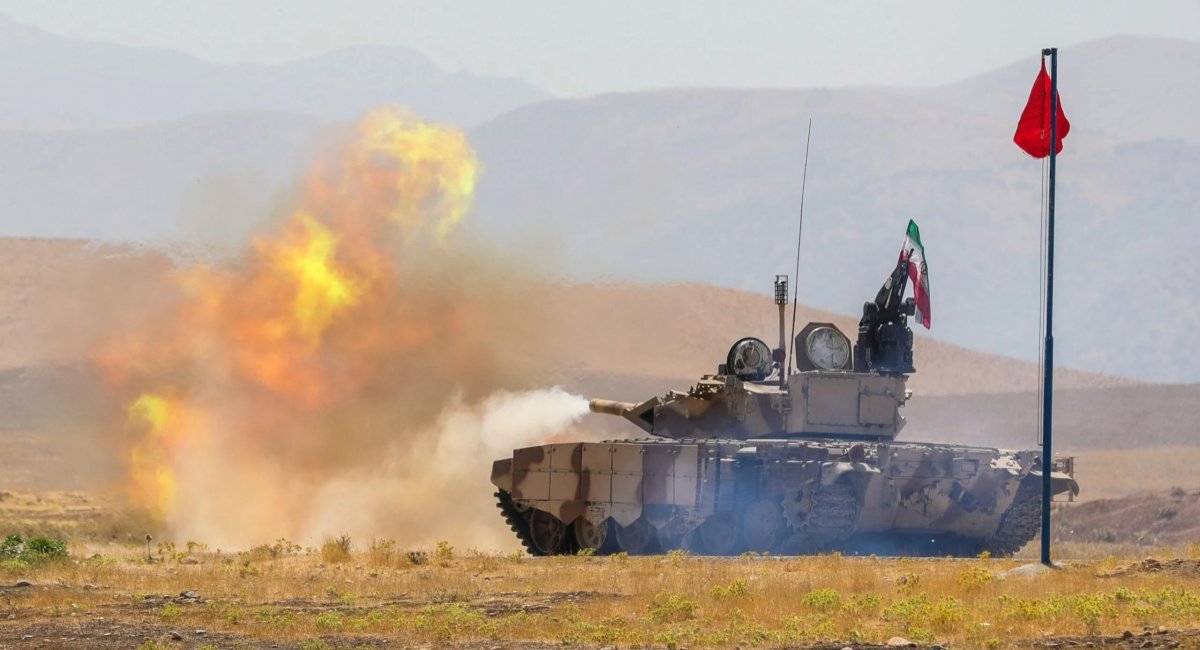
Read more: Vietnam Could Have Bought More P-800 Oniks Missiles from russia, But Chose India’s BrahMos Instead




